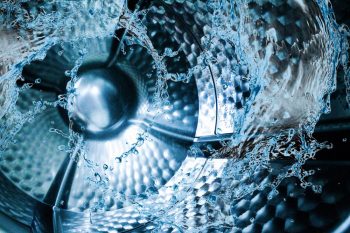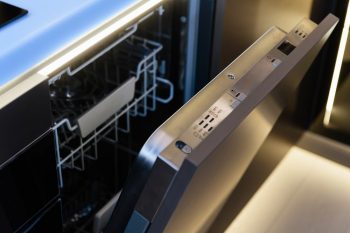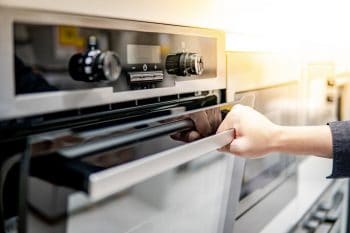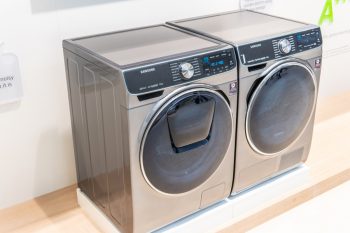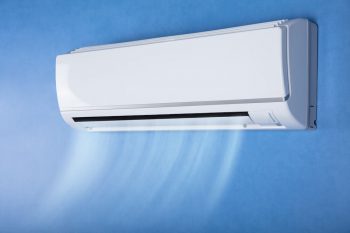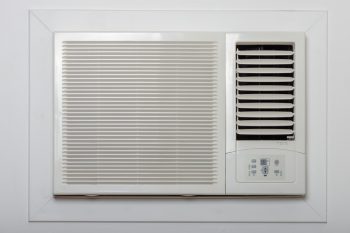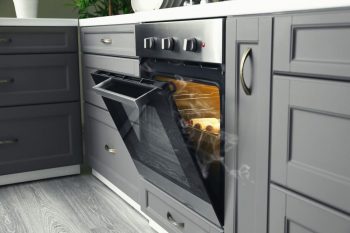
Are you having trouble with your vacuum cleaner spitting out the dirt? Vacuums are some of the most convenient devices to have around the house. They ensure your home stays dust-free while saving you some precious time cleaning.
However, if you notice something wrong with your unit, it might be alarming. One of the common issues that you might face is the vacuum spitting out the dirt collected around the house. This issue can be a bit frustrating and confusing, especially if you recently just got the appliance.
This article will examine why your vacuum cleaner is spitting out dirt and how you can fix the issue.
The most common reason your vacuum cleaner is spitting out dirt is due to a clogged dust bag, a clogged or damaged vacuum head, or dirty filters. Likewise, wrong height settings, a loose or cracked hose, and a faulty cleaning belt might also be the problem.
Vacuum cleaners are essential in promoting a clean and healthy environment for your family. Regular maintenance ensures the device continues working effectively and longer.
6 Reasons Why Your Vacuum Cleaner Is Spitting Out Dirt
Before you run into the mall and get a new vacuum, let us examine why your unit is spitting out dust all over the house. In most cases, the issue is pretty easy to fix, and the unit should be performing well quickly.
1. Clogged Dust Bag
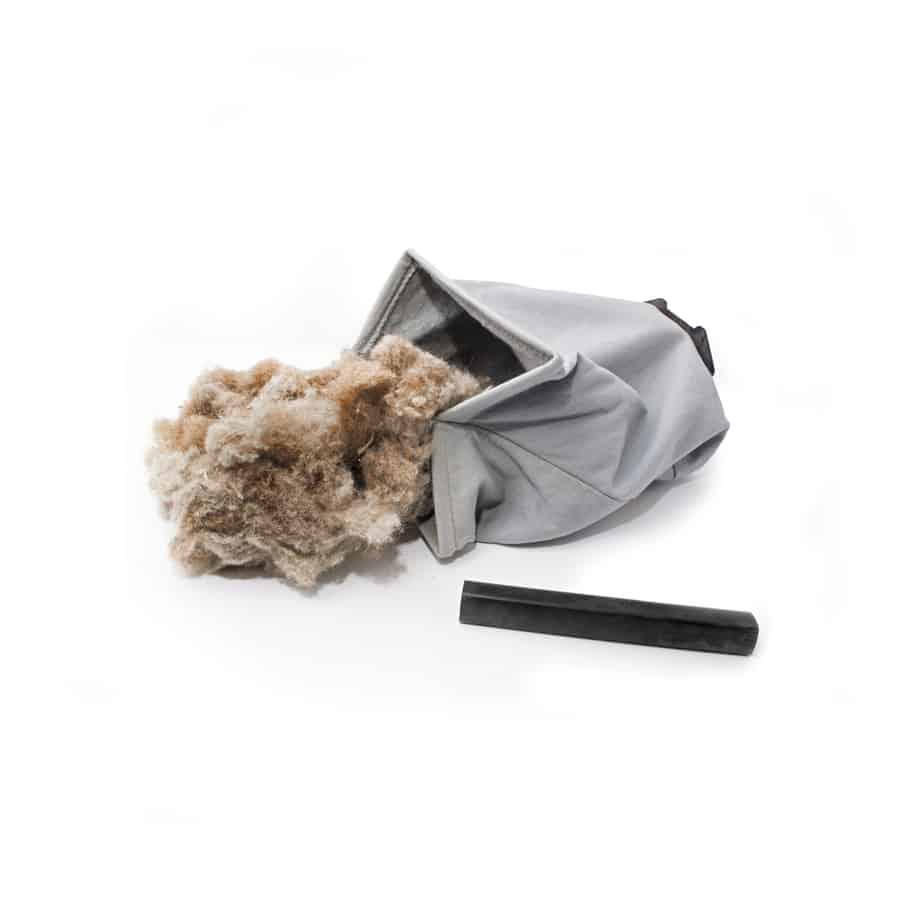
The first culprit for the vacuum problem is a clogged or full dust bag or bin.
Also known as the dust canister, the bag collects dust, dirt, and debris sucked up by the vacuum during cleaning. The bag is designed to hold the dirt, making it easy to dispose of properly after cleaning.
However, vacuum dustbins have a capacity range of a few liters. If the bin gets too full or clogged, it can have a problem effectively picking up dirt and debris around the house. This can ultimately force the vacuum to start spitting out dirt.
How To Fix a Clogged Dust Bag
Emptying the bin should solve the issue if you notice that your vacuum dust bag is full. Additionally, cleaning the dustbin regularly is essential to remove any debris build-up that might clog it. You can clean the bag using warm soapy water, rinse it, and let it air dry.
2. Damaged or Clogged Vacuum Head
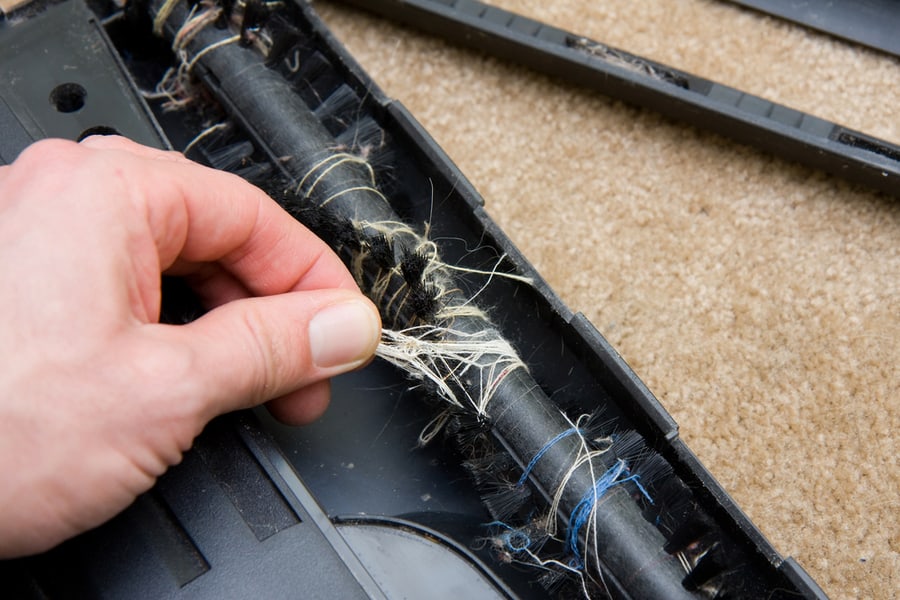
Likewise, a clogged or damaged vacuum head can cause your cleaner to spit out dirt.
The vacuum head is responsible for picking up dirt and debris on your carpet and floor. Some vacuum heads also have brush bristles that knock and loosen stubborn debris.
However, a clogged or damaged vacuum head has trouble making proper contact with the floor, affecting the unit’s ability to pick up debris. It also reduces the vacuum cleaner’s suction power, reducing the amount of air and dirt pulled into the device. This can cause it to spit out dirt.
Furthermore, a clogged vacuum head can also cause the cleaner to become unbalanced. In some devices, the cleaning head is designed to distribute weight evenly. However, the uneven weight can cause the vacuum to become unbalanced, leading to the unit spitting out debris.
Cleaning a Clogged Vacuum Head
Cleaning a clogged vacuum head is a pretty simple job. Find a brush and gently remove any hair, dust, and debris accumulated along the suction ports and brush.
Unfortunately, if the cleaning head is damaged, you must replace it. Get an original equipment manufacturer (OEM) part for the replacement to ensure proper functionality is restored to your vacuum cleaner.
3. Dirty Filters
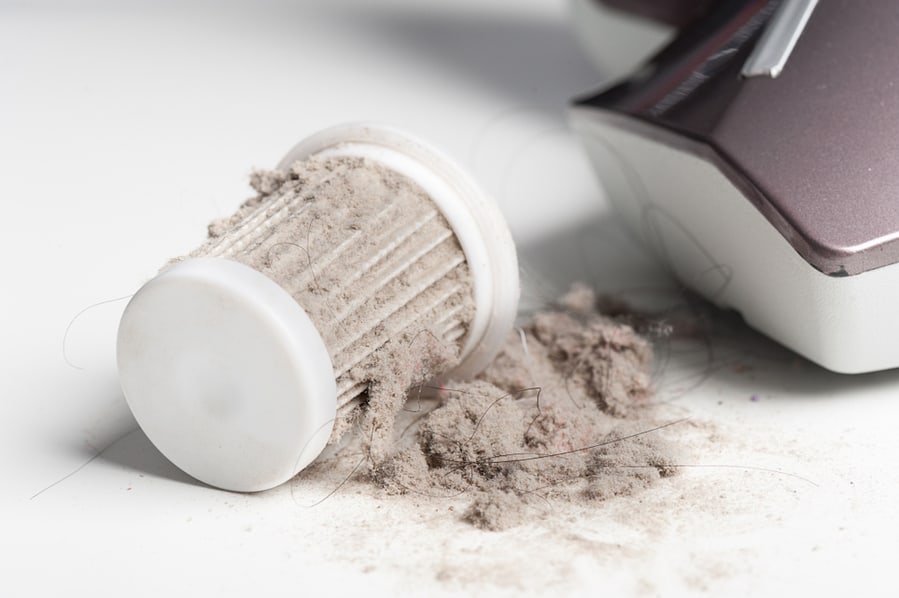
Thirdly, a clogged filter is another common reason your unit spits dirt.
Filters are an essential part of your vacuum cleaner. Though they are one of the most ignored aspects of your device, filters provide filtration, trapping dust and other particles from getting released back into the air.
Over time, dust and dirt can accumulate on the filters causing them to clog. Clogged filters reduce the suction performance of the vacuum, leading to the device spitting out debris.
Cleaning Dirty Filters
If you think clogged filters might be the problem, cleaning them should resolve the issue. All you need to do is remove the filter from the vacuum cleaner and wash them with water and mild detergent. You can always consult your user manual if you are having trouble removing the filters from the unit.
However, for torn or damaged filters, your best bet is to get them replaced. This should ensure your vacuum is working properly again.
The vacuum filters are made from delicate material. Clean the filters gently to prevent them from tearing or getting damaged.
4. Wrong Height Settings

In addition, having the wrong height settings can cause an issue.
Many people might not realize that the height settings on their vacuum cleaner can affect the device’s performance. If the setting is too low or too high, it might limit the vacuum’s contact with the floor. The unit will have trouble sucking up dust and debris on the carpet, causing it to spit out dirt.
Adjusting the Vacuum’s Height Settings
Some vacuum cleaners have an automatic height adjustment, and the vacuum head automatically adjusts its height during cleaning. However, for those vacuums that need to be manually adjusted, you should use the height adjustment dial near the nozzle.
5. Loose or Damaged Vacuum Hose
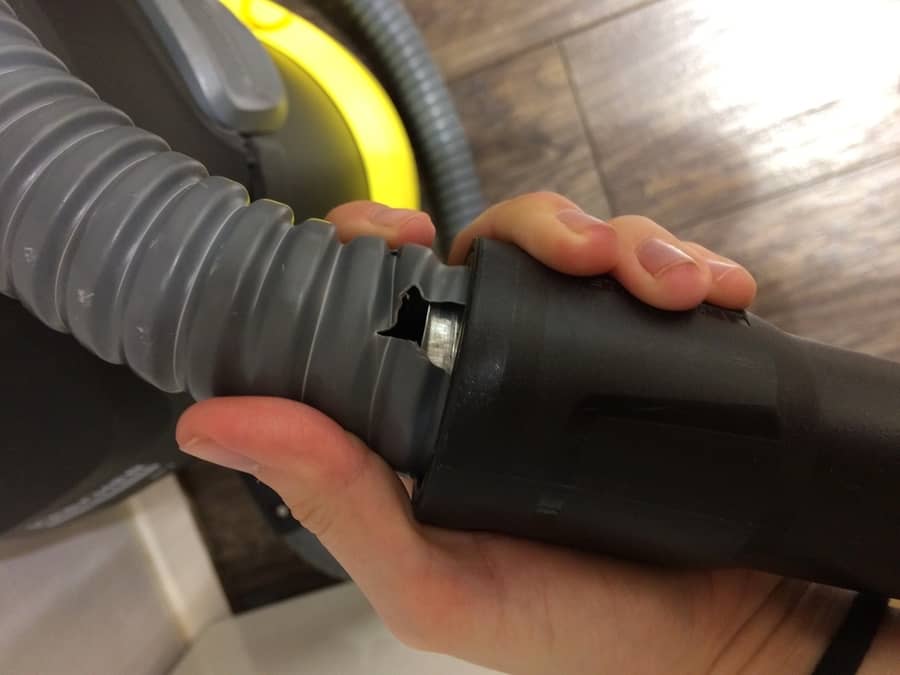
A loose or damaged hose might also be causing your vacuum cleaner to spit out dirt.
The vacuum hose is the flexible tube that connects the cleaning head to the vacuum’s body. The hose delivers the suction pressure needed to pick up dirt and deposits the debris into the dustbin.
A loose or damaged pipe can lead to suction performance issues in your vacuum cleaner. Air and other particles can easily leak out of the loose connection or tear in the hose as dirt gets pulled through the cleaning head.
Additionally, a clogged or blocked vacuum line can spill dirt and debris. Jammed debris can reduce airflow to the vacuum, leading to dirt falling out of the vacuum head while cleaning.
Fixing Issues With a Vacuum Hose
Always check the vacuum hose for damage, loose connections, or blockage. During the inspection, disconnect the hose from the appliance, and hold it up to the window or light to check for clogs. Likewise, run some water through the hose to check if it leaks.
If you notice a clog in the pipe, use a flexible cleaning brush to dislodge the dirt gently. Applying too much pressure when brushing might damage the tube. After cleaning, make sure to reconnect the hose to the unit securely.
Sadly, you will have to replace a damaged vacuum pipe. Ensure to get a genuine, high-quality tube that can withstand the negative pressure caused by the suction while cleaning.
6. Faulty Cleaner Belt

Sometimes, the appliance might also have an issue with its cleaner belt.
Vacuums use a belt to drive the brushes on the unit’s head. The belt is attached to a motor and the roller brush axle. As the motor spins, it rotates the cleaner belt, which turns the brush.
If the belt is defective or twisted, it can interfere with the rotation of the roller brush axle, causing it to move in the opposite direction. This will cause the dirt and debris to be pushed out under the vacuum head during cleaning.
How To Fix a Faulty Belt
If you notice a problem with your roller brushes or hear a weird noise from the vacuum head, it might be an issue with the cleaning belt. When checking the belt, you must remove the cover that protects the roller brush axle.
If the belt is twisted or has come off the drive shaft, you must put it back in place. However, a worn-out or broken belt should be replaced.
Takeaway
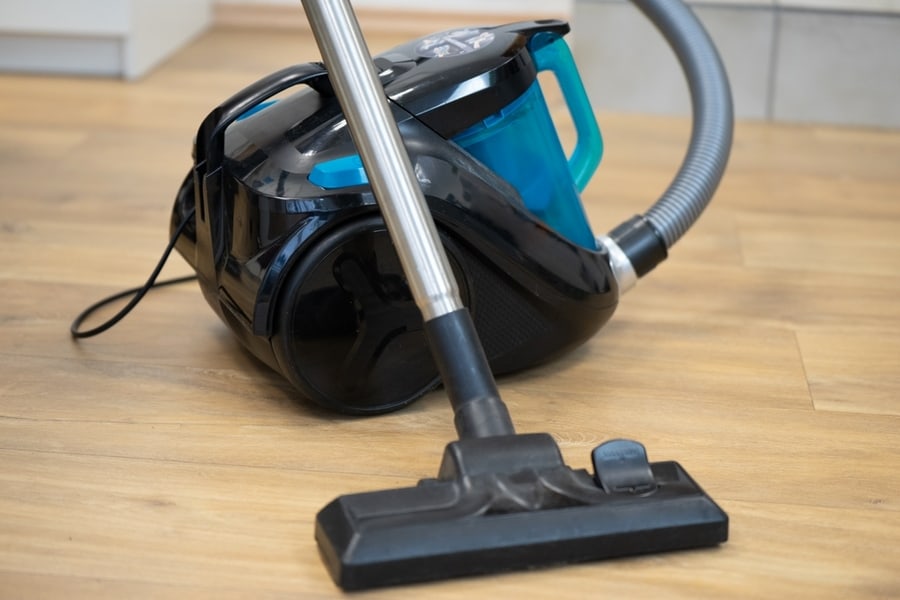
Vacuum cleaners are efficient appliances when cleaning any type of surface in your home. However, it can be a bit frustrating if it starts spitting out dirt and debris.
The leading causes are a clogged or dirty dustbin, a damaged vacuum head, or dirty filters. Furthermore, wrong height settings, loose or defective vacuum hose, and a faulty cleaning belt might also be the culprit.
Frequently Asked Questions
What Causes a Vacuum Cleaner To Lose Suction?
Loss of suction pressure can be a huge problem when using a vacuum cleaner.
Here are a few reasons why your appliance might be running into the issue:
- Wrong height settings.
- Full dust bag or canister.
- Cracked or clogged vacuum hose.
- Clogged vacuum head.
How Can You Tell if a Vacuum Is Clogged?
The best way to check a clog in the vacuum is by turning the unit on and feeling the suction at the end of the vacuum head or hose. If there is little or no pressure, there is a high possibility of having a clogged system.

